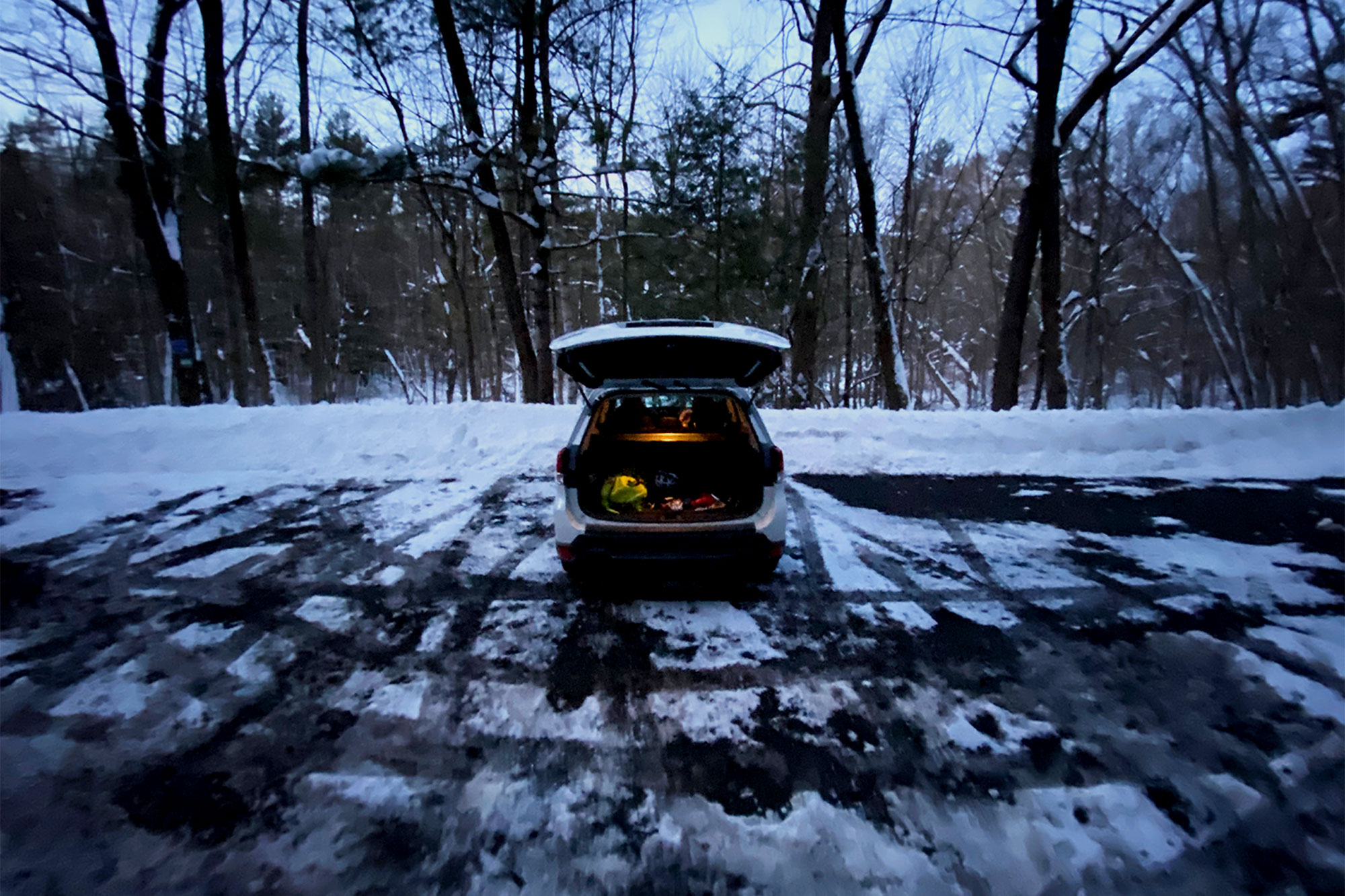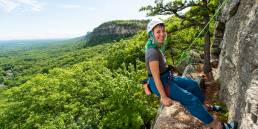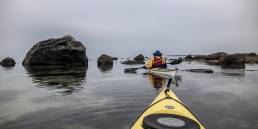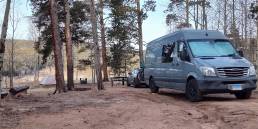It’s a little before 10:00 pm and I’m in the parking lot of my regular climbing gym, tucking away my rock shoes and racking screws, slings, and cordalettes onto my harness. I’ve just wrapped up a late evening session and, in about eight hours, will be doing some early-bird laps at a nearby ice climbing area. All before work begins at 9:00 am.
If this sounds obsessive, that’s because it probably is. See, it’s finally winter in Connecticut and the local ice is finally in a climbable way—after a January full of obscenely early mornings and ridiculously long drives north, the idea of climbing nearby is all too alluring to pass up. That, and the acknowledgement that Southern New England’s winters are a lot shorter than they used to be, means it’s time to strike while the iron’s hot. Tomorrow, that means getting up early and getting after it before clocking in.
To surfers and skiers, this ritual is a familiar one known as the “dawn patrol.” And the first thing to accept about the dawn patrol is that there won’t be a ton of daylight to work with—the winter sun is a late riser and the workday starts when it always does. Making the most out of pre-work laps means packing efficiently, picking the right spot, and being comfortable alone in the dark.

And that’s exactly what I’m doing in a parking lot outside a closed climbing gym: packing efficiently. I’m working with the space in the recently-emptied trunk of my Subaru instead of the inside of my pack.
In the middle, my harness is racked and double-checked to make sure everything I need is on there. To the left, my crampons are laid out ready to go. Above, my helmet, with a headlamp already in place. To the right, my pack: tools fixed to the outside, rope coiled within, stacked atop the remaining essentials. The ride in the morning is going to be short, so I’ll throw the boots and the gaiters on before hitting the road and my hat and gloves are in the passenger seat, alongside a breakfast of a banana and a granola bar.
Everything is in its right place and this is going to make things fly come morning. The harness, helmet, and pack go right on in the lot—the crampons as soon as I cross the street and get onto the snow-packed trail. By the time I reach the ice, I’m already ready to go.

It’s worth noting that dawn patrol ice climbing isn’t going to work just anywhere—selecting the right place is just as critical as preparing the gear ahead of time. I’ve picked my spot carefully: I scouted the ice the previous week and I know, without any certainty, that it’s going to be good to go. I’m also familiar with it, so there won’t be any guess work finding the climbers’ path or accessing the top of the routes in the dark. I’ve got my anchor trees in mind, and I know exactly how I’m going to set up so I can get as many laps in on as many routes as time will allow.
Most importantly, both the drive and the approach are short. Long drives and big hikes are for the weekends—I’ve done my due diligence to seek out areas that are neither far from home nor far from the road so I’m not spending all my time either behind the wheel or huffing my way up the trail.

Partners are typically hard to come by on the dawn patrol—a lot of ice climbers are willing to get an early start for a full day of climbing but the numbers thin out when talking about an hour or two before heading into a full day of work. More often than not these missions are rope-solo missions.
Climbing alone is weird, but one with many worthy merits. Like hiking alone—a much more common experience—climbing by yourself comes with a very unique headspace. My safety is exclusively in my hands, and I know it: there’s no partner check, nor is there any belay save a self-belay—no one’s calling for rescue should something go wrong. Every move I make needs to be cautious and deliberate. Though, with the silence of the forest, the brightening dawn, and the singular concentration required to move safely comes a meditative state—a centeredness all-to-uncommon for a weekday.
John Lepak
John Lepak is an art director, graphic designer, and weekend mountaineer. He hasn’t met a rock scramble he didn’t like, and spends his free time either in the mountains or obsessively cooking Mexican food. When John isn’t pushing pixels, crushing miles, or making the best carnitas caseras you’ve ever tasted, you can find him living the dream in the Connecticut woods with his family. Follow him at @jhlepak.




